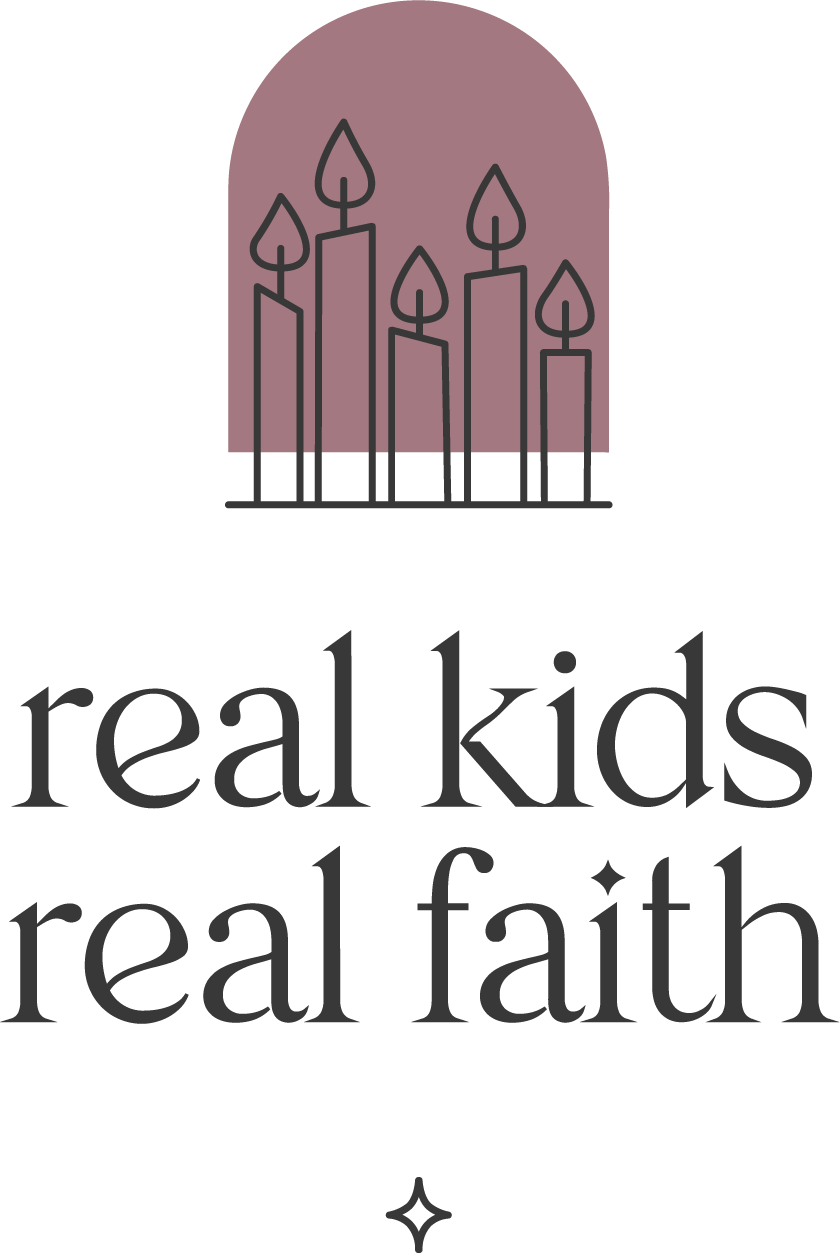For many families, Christmas is – in whole or in part – a cultural rather than a religious holiday. And at the center of this cultural celebration is a jolly old man named Santa. He spends most of the year at the North Pole managing a bevy of elves who make presents for good girls and boys. Then he hops in his sleigh and delivers gifts all around the globe.
Despite his secular trappings, Santa reinforces many spiritual themes that resonate with children. Initially, they love him because he brings them toys. But they come to appreciate other aspects of his personality as well, making him a powerful role model for them to emulate. Consider these examples:
Kids intuitively recognize that Santa has good relational skills. He works at making connections with everyone he meets. He is respectful and caring. Even young children who are afraid of his booming laugh and bright red suit typically warm to him over time. They see him listening patiently to everyone’s wishes and feel heard when it’s their turn to share. He’s even willing to pose for pictures with them!
Children also appreciate that Santa sets high expectations for them. Deciding to be ‘nice’ rather than ‘naughty’ is easier when kids know someone cares what they do. We might think they behave because they want the reward of presents, but they are far more motivated by others’ good opinions. They revel in being seen for their good deeds.
Santa’s positive attitude is another trait children embrace. He always finds a way to make his rounds, even if it’s a foggy night (because he’s got Rudolph). He doesn’t let the lack of a chimney keep him from putting presents in stockings (because he can magically pass through doors). He even finds homes for misfit toys, after fixing them up good as new (and puts the Abominable Snowman to work for him as well).
Kids typically see Santa as willing to give second chances. The new tradition of the Elf on a Shelf who spies for the North Pole and reports back on children’s behavior includes the idea that each day provides a new start. No matter how badly a child may have acted previously, it’s possible to redeem themselves with positive actions going forward. It’s a lesson in perseverance and resilience that can also be fun.
Many children love to be Santa’s helper. Their inherent preference for ‘helpers’ over ‘hinderers’ – thought to be a biological bias that aids survival – means they see the value of helping from an early age. Little ones help Santa by providing cookies and milk to fuel his all-night journey. Older children help to keep the myth alive by helping to stuff stockings and cheering on younger siblings and cousins.
Related Resources
- Santa Claus - Macy's Thanksgiving Day Parade
- Burl lves - Rudolph The Red-Nosed Reindeer (Official Video)
- Rudolph the Red-Nosed Reindeer
- Rudolph The Rednosed Reindeer - The Island of Misfit Toys
- Why Children Confuse God with Santa | RKRF
- Do Threats of Punishment Serve a Spiritual Purpose? - Elf on a Shelf | RKRF
- Holiday Lights Scavenger Hunt | RKRF

Comments